Up Next

The “dramatic” performance step Red Bull believes Mercedes makes through qualifying could be threatened by the mooted engine ‘party mode’ ban from the Belgian Grand Prix onwards.
As reported by The Race, teams have been informed that a technical directive is set to be issued between the Spanish and Belgian rounds of the championship to normalise the engine modes between qualifying and the race.
It will punish any engine manufacturer that has a strong highest power mode compared to its opposition, which is likely to be Mercedes given the performance step it has made over the winter.
Mercedes has qualified on pole position for all five races so far, winning four of them.
After the British GP, Red Bull team boss Christian Horner said: “Mercedes over a single lap have pretty awesome pace, you could see between P3 and Q1 and Q3 the amount they are able to step things up is dramatic.
“So we’re looking just to understand where that performance is coming from.”
Here, we assess how big Mercedes’ advantage really is, how it progresses through qualifying and the part engine modes will be playing in that – as well as other factors that could mean Mercedes retains a decisive edge even if the ban is enforced.
The extent of Mercedes’ advantage
– Mark Hughes
Mercedes’ qualifying advantage this season is quite startling, even by the standards of the V6 turbo-hybrid engine era.
To look at it in a more representative way we have converted the actual lap times to a percentage.
As can be seen by the following graph, its average advantage after four races (the wet qualifying Styrian Grand Prix has not been included) over the second-fastest car is 1.294%. 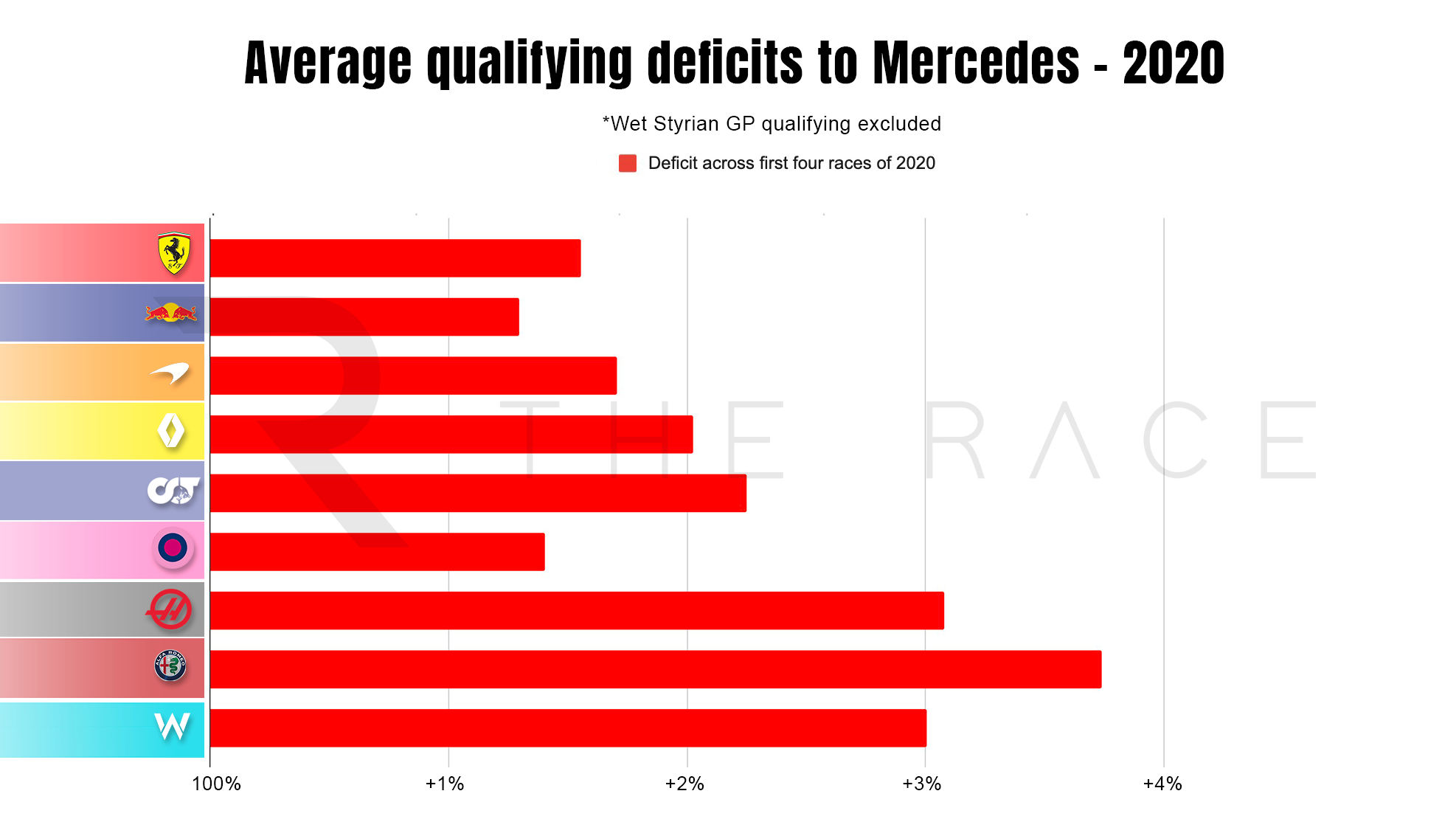
Last year after the same stage its advantage was just 0.283%.
Especially noteworthy is the fact that this year only once has a rival got to within less than 1% of the Mercedes (Max Verstappen in the season-opening Austrian Grand Prix).
How much of that increased advantage is down to the gains Mercedes has made with its power unit during the off-season, how much to both Ferrari and Red Bull suffering difficulties with their power units and chassis respectively cannot be accurately quantified. But the overall pattern is crystal clear.
This graph, comparing the 2020 figures with the averages from the first four races of last year, shows how much closer the competition was compared to now.

How “dramatic” is the step?
– Gary Anderson
The Mercedes domination of the front row, with four 1-2s out of four in dry qualifying sessions so far this year (although Lewis Hamilton’s grid penalty in Austria meant he started fifth) shows how strong its engine is in qualifying trim.

A look at each team’s journey through the three stages of qualifying shows just how powerful its qualifying modes are. For example, the most recent race – the 70th Anniversary Grand Prix – is outlined above.
I haven’t included the second Austria race as qualifying was wet, so the steps through qualifying were not so reliant on individual improvement thanks to power and were more about being on the track at the correct time and the job the driver did.
For comparison at a very different circuit, the Hungaroring, here is how qualifying at the Hungarian Grand Prix developed.
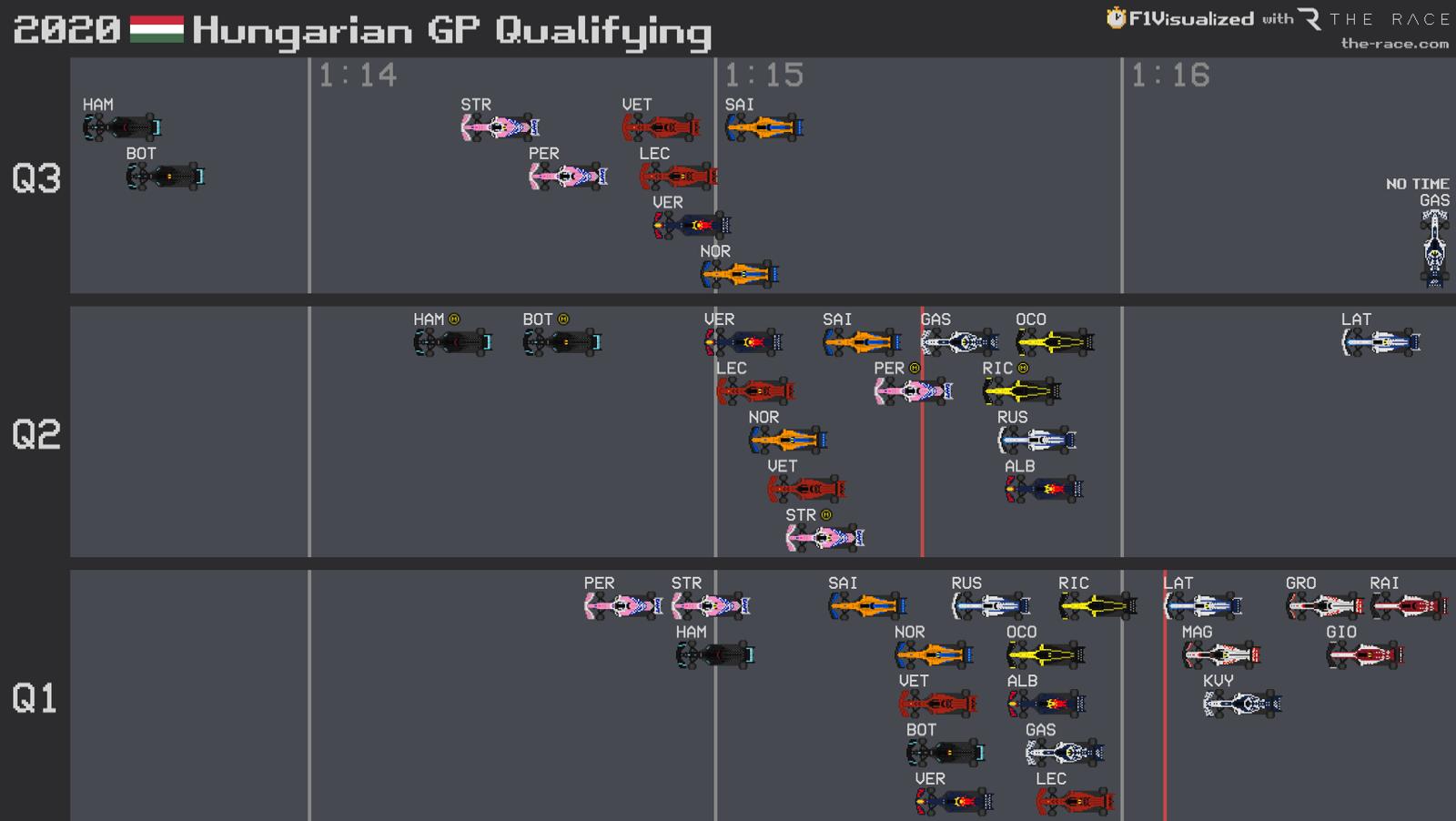
Each individual race says something but for the big picture you have to look at the average steps.
The fastest time in each session is 0% and the gaps are the percentage deficit for each individual team’s fastest driver in that session.
It’s easy to see that Mercedes rules the roost, but the more important thing is that the gap to its closest competition increases dramatically when it comes to Q2 and Q3. The gap between the rest is more consistent with the gaps in Q1.
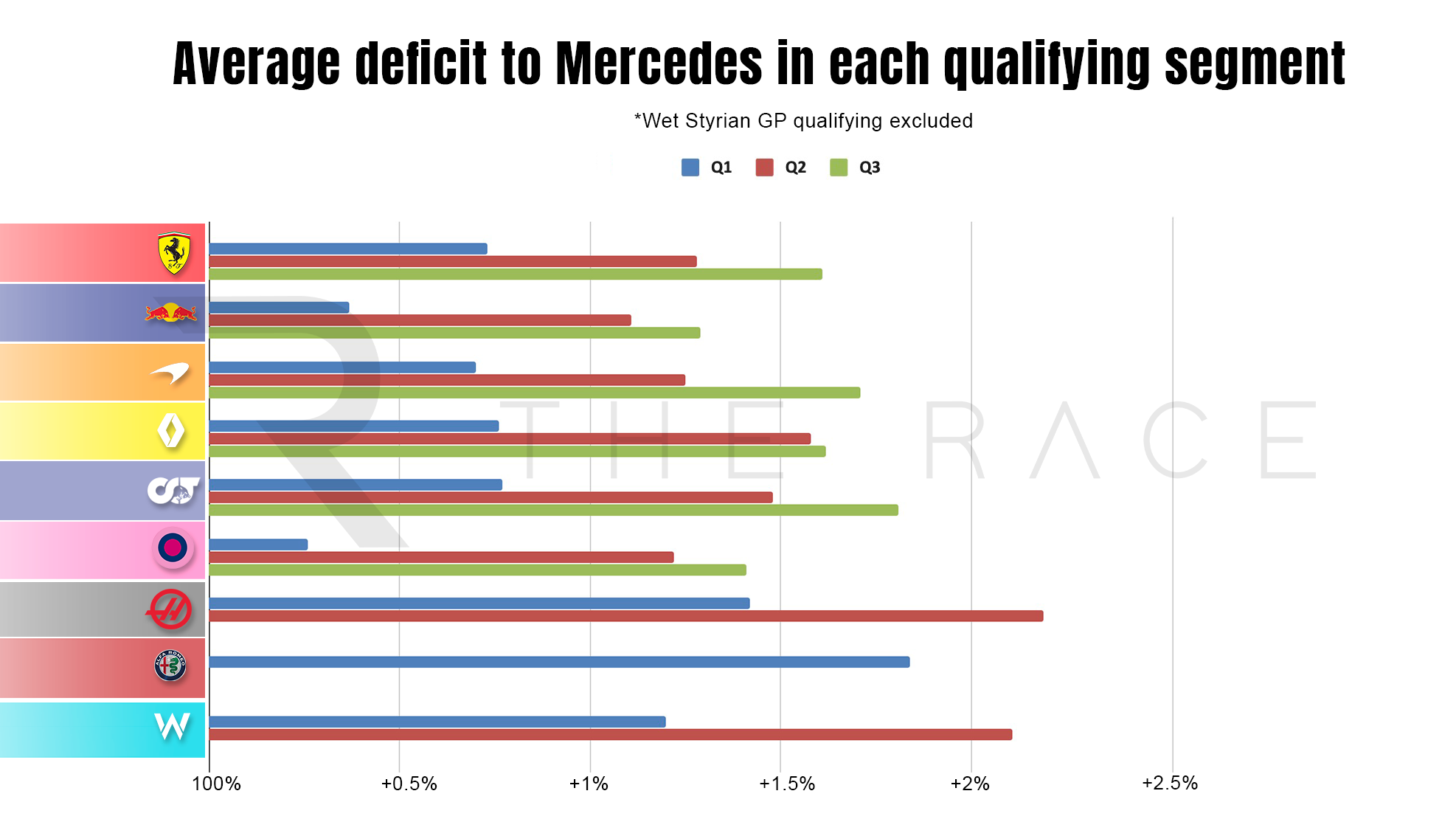
From this, you can either say Mercedes as a team just doesn’t bother too much in Q1, whereas all the others use everything they have.
I’m sure that is true of the teams that are fighting to get through to Q2, Williams for example will use up its most powerful engine modes, but not everyone.
Teams like Red Bull, Racing Point, McLaren, Renault and even Ferrari will keep a little of something extra in hand for Q2 and then Q3.
On average, Ferrari drops back a further 0.438% in Q2 compared to Q1, then 0.328% in Q3 compared to Q2.
Will a quali mode ban change anything?
– Scott Mitchell
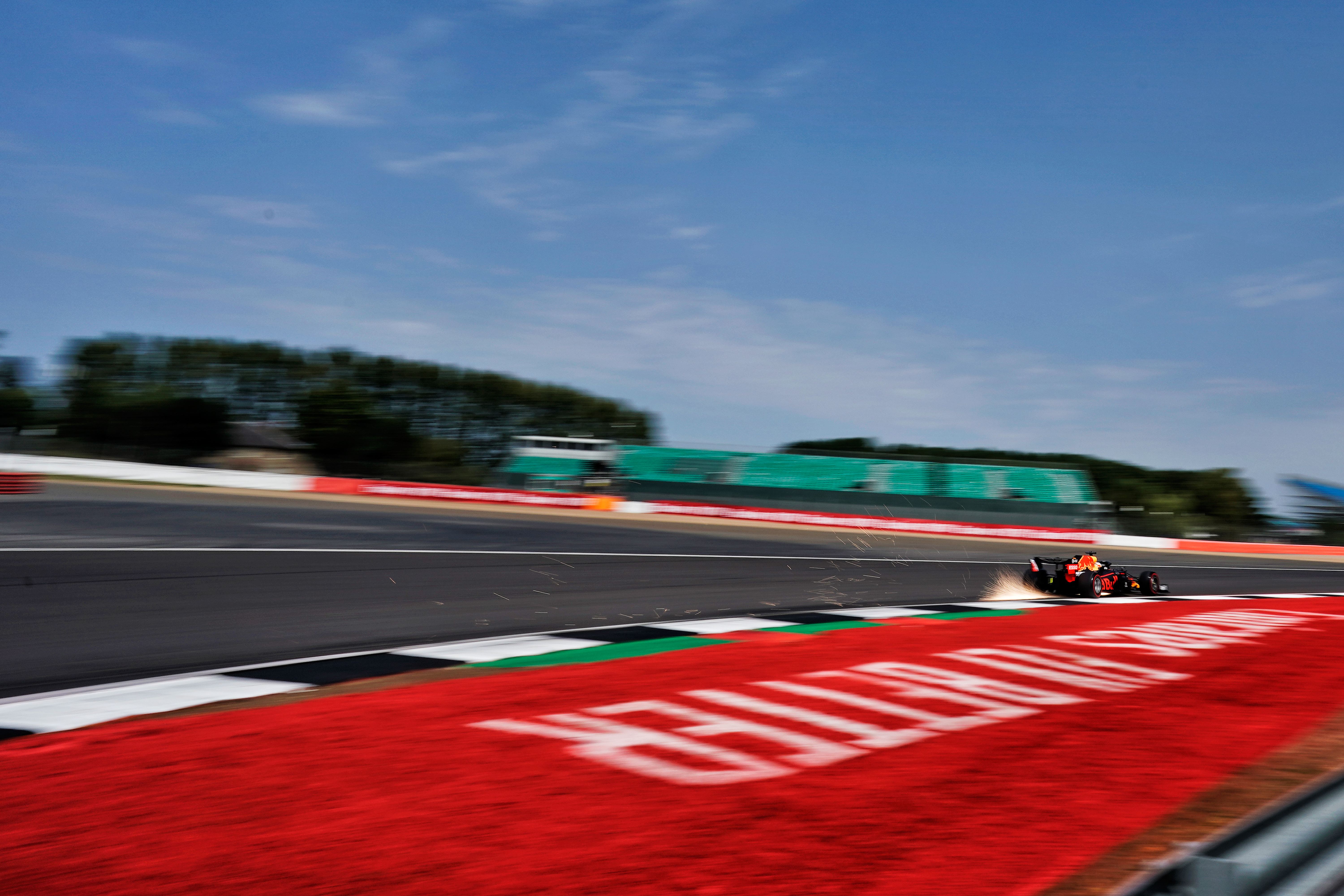
The question Red Bull is asking itself is what the cause of that mighty Mercedes progression through qualifying, and the easy answer is a superior qualifying mode.
It tallies with Mercedes’ own comments about how hard it pushed to make engine performance gains over the winter, and estimates from its opposition that Mercedes is registering a particular advantage at the end of the straights.
This is what rival teams, especially Red Bull, will be hoping will be pegged back should the rule change come into effect from the next race.
But Hamilton made it clear he believes this a ploy to peg Mercedes back that will not work.
It’s unlikely to eliminate Mercedes’ advantage entirely, as Mercedes may well retain a straightline performance edge even once the peak of the engine settings are eliminated and there are other factors at play too.
After securing pole position last weekend at the second Silverstone race, Valtteri Bottas provided some insight into the many factors that go into Mercedes’ progression through qualifying.
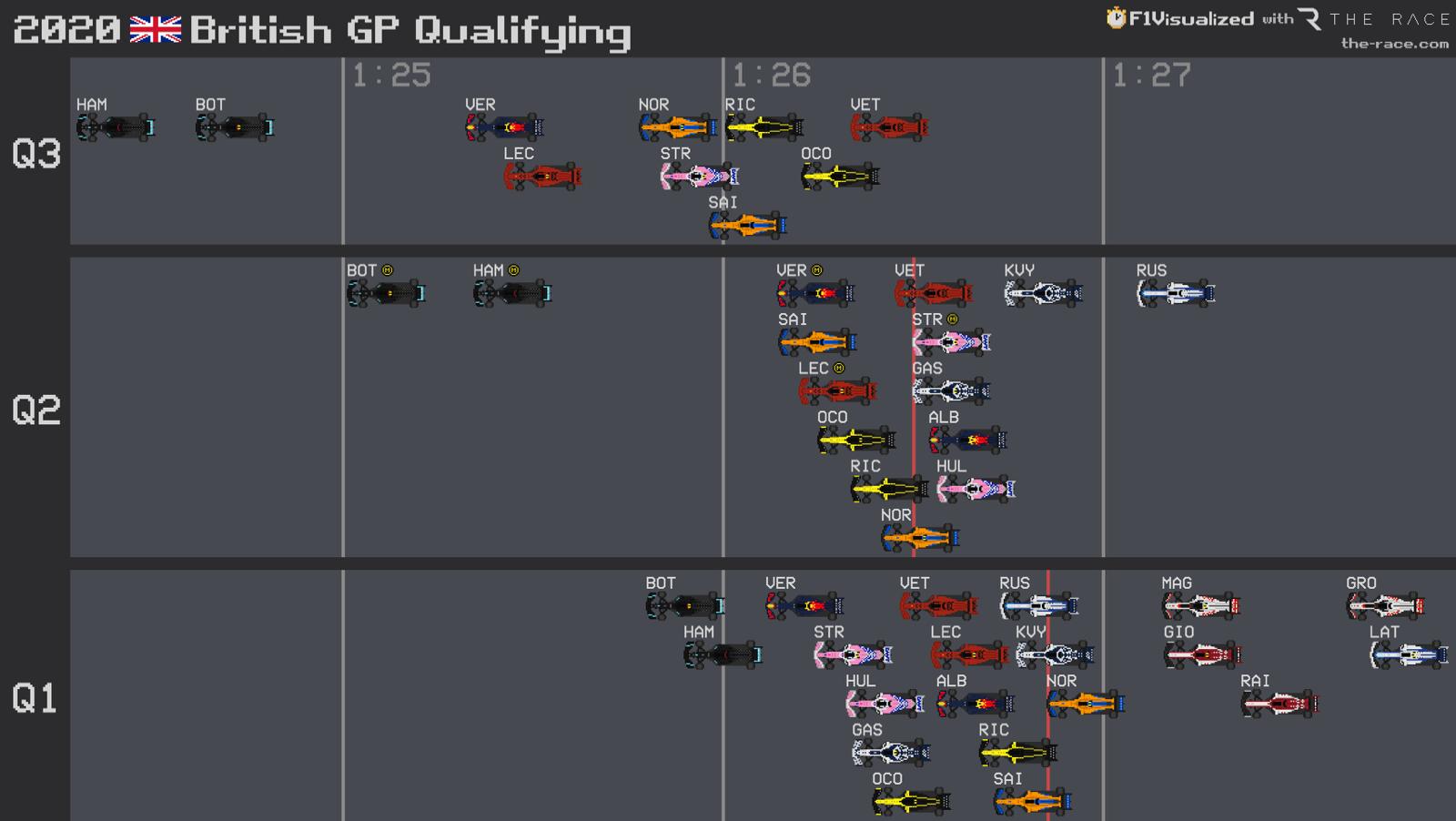
Asked by The Race about the progress the team is able to make through the session and ease clear of its rivals, Bottas said: “There’s obviously tyre temperatures that we are run-by-run learning more and then we try to nail it in Q3 when it comes to out-laps and all that.
“And the same with the engine. We know that with the quick car we have, we don’t necessarily have to use the highest engine modes in Q1 and, of course, if we can save the engine, we save it.
“Towards the end of the quali, we are going to be running the full power, so for sure there is a lap-time difference.
“But I think also us drivers, we’re learning throughout the session and the tyre and out-lap performance is pretty important, and that improves a lot during qualifying as well.”






